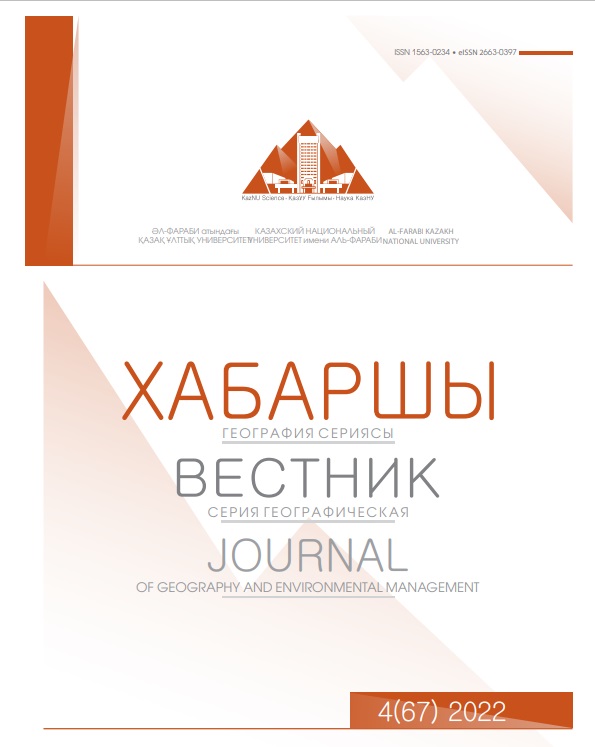RECREATIONAL POTENTIAL OF THE KARKARALY MOUNTAINS
DOI:
https://doi.org/10.26577/JGEM.2022.v67.i4.08Keywords:
ecotourism, phytodiversity, geosystem, biodiversity, eco-routeAbstract
The recreational potential of the Karaganda region, namely the geosystems of the Karkaraly low mountains, is extremely rich and has all the opportunities for the development of most types of tourism activities, from educational, associated with visiting cultural and historical sites to adventurous and other types of tourism and ecological tourism. This is the relevance of the development of the recreational potential of this territory. The purpose of this article is to popularize the ecological route presented in the work, as well as recommendations for the development of ecological tourism in the Karaganda region on the example of geosystems of the Karkaraly low mountains. The article provides for a brief description of ecotourism, a description of the study subject and the most attractive places that were noted as a result of expeditionary research. The presented eco-route can serve as a tool for attracting tourists and promoting tourism in the Karkaraly Mountains. Field, descriptive and cartographic methods were used in the research. Based on stock materials, the most optimal route was identified, a map of the study area and a map-scheme of a two-day ecological route were developed using the ArcGis program. The ecological route is adapted for different ages, and can also be followed on foot. Conclusions were drawn on the prospects for the development of ecotourism in specially protected natural areas (SPNA).



